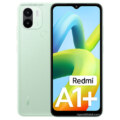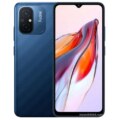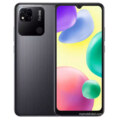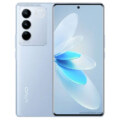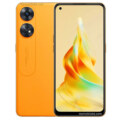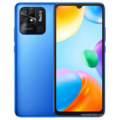Xiaomi Redmi Note 11 Price in Bangladesh November 2024
The Xiaomi Redmi Note 11 is offered in four different variants 4/64, 4/128, 6/128 and 8/128 RAM/ROM. Right now the price of this mobile is 19,499/= BDT in Bangladesh. Xiaomi Redmi Note 11 contains 5000 mAh battery. This one supports 33W fast charging. Xiaomi Redmi Note 11 comes with four cameras of 50MP, 8MP, 2MP and 2MP. This device is powered by the Snapdragon 680 4G (6 nm) chipset and is operated on Android version 11.
| Model | Xiaomi Redmi Note 11 |
| Price | 19,499/= BDT |
| Display | 6.43″ 1080 x 2400 pixels |
| RAM | 4GB/ 6GB / 8GB |
| ROM | 64GB / 128GB |
| Released | February 2022 |
Xiaomi Redmi Note 11 Highlights
Released in February 2022 Xiaomi Redmi Note 11’s model number is Unknown. The structural measurement of the Redmi Note 11 is 159.9 x 73.9 x 8.1 mm with a weight of 179 grams. This mobile is assembled with a 6.43-inch AMOLED panel display featuring a resolution of 1080 x 2400 pixels. It has used Corning Gorilla Glass as the protection of the display. The Xiaomi Redmi Note 11 is powered by the Snapdragon 680 4G (6 nm) and operates on Android version 11. Additionally, it features an Octa-core 2.4 GHz CPU.
The rear camera setup of the Xiaomi Redmi Note 11 includes a 50MP primary camera that has a wide-angle lens, an 8MP camera that features an ultra-wide-angle lens, 2MP camera with a macro lens and a 2MP camera with a depth lens. The Xiaomi Redmi Note 11 features a 13-megapixel front-facing camera inside the punch hole of the display. Xiaomi Redmi Note 11 can record videos in 1080p resolution at 30 frames per second, and in 720p resolution at 30 frames per second. You will be able to use microSDXC on a dedicated slot in Xiaomi Redmi Note 11.It supports 33W Fast charging. The Redmi Note 11 features a 5000 mAh battery. Xiaomi Redmi Note 11 features a dual nano-SIM card slot. Supporting networks of Redmi Note 11 are 2G,3G, and 4G.
Additionally, this device includes several other features such as WLAN, Bluetooth, FM Radio and a USB port.
Frequently Asked Questions (FAQS) about Redmi Note 11
Here you will see some common frequently asked questions and answers. We hope it will help you read this section.
It’s Releasing Month?
Cost of the Xiaomi Redmi Note 11?
RAM & ROM it has?
Display panel of Xiaomi Redmi Note 11
Chipset used in this mobile?
5G network Supportable or Not?
Battery used in this phone?
Reason to Buy
In the following paragraph, we will discuss the key reasons for purchasing this smartphone. What factors might motivate someone to buy it? Well, when someone is in the market for a new device, they typically look for high-quality features that align with their budget. Therefore, let’s explore some of the noteworthy features that the Redmi Note 11 has to offer.
- Budget Friendly Mobile.
- Powerful Battery with Fast Charging.
- Good Design and a Large Display.
- Processor Performance Medium.
Conclusion
On a final Note If you are looking to purchase the best 4G smartphone under 19.5K Taka, Xiaomi Redmi Note 11 would be in the front line according to our suggestions. Dear Visitors, if you want the best performance from your mobile phone within this budget then you can choose it as this smartphone is built with 4GB/ 6GB / 8GB ram and Snapdragon 680 4G (6 nm) processor. You should not also be tensed with battery backup Because Non-removable Li-Po 5000 mAh has been used as the battery in Xiaomi Redmi Note 11. Additionally, 6.74 inches IPS Display has been used in this phone. So it will help you in getting a much better viewing and gaming experience. By using 50MP, 8MP, 2MP and 2MP as the primary camera and 13-megapixel as the secondary camera you will get a much better experience in capturing photos and videos. Considering all the above features you can decide to buy this phone.


